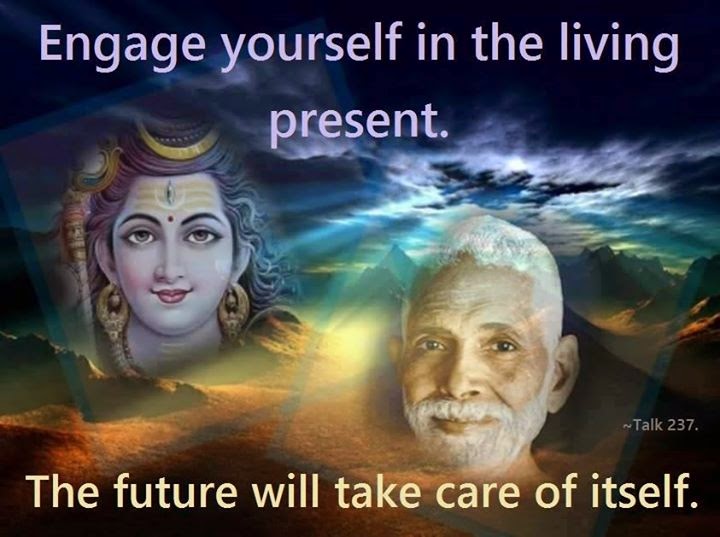Mundakopanishad : [Criticism of rituals -- devoid of knowledge ( Upasana ) ]. Mantram-7.

Mundaka-Upanishad Chapter-1. Section-2. ( Rituals ) Mantram-7. [Criticism of rituals -- devoid of knowledge ( Upasana ) ]. Discussion-2. "Eighteen supporters of Yajnam..........." Eighteen supporters of yajnam are constituted of the sixteen priests ( ritvik-s ) along with the householder ( Yajamanan ) and his wife. These eighteen are important limbs in some kind of rituals, which are performed with some given set of selfish desires. Please note that all 'karma-s,' at all times, in all instances need not have a householder with a wife to preside over it. ...













.jpg)




.jpg)




